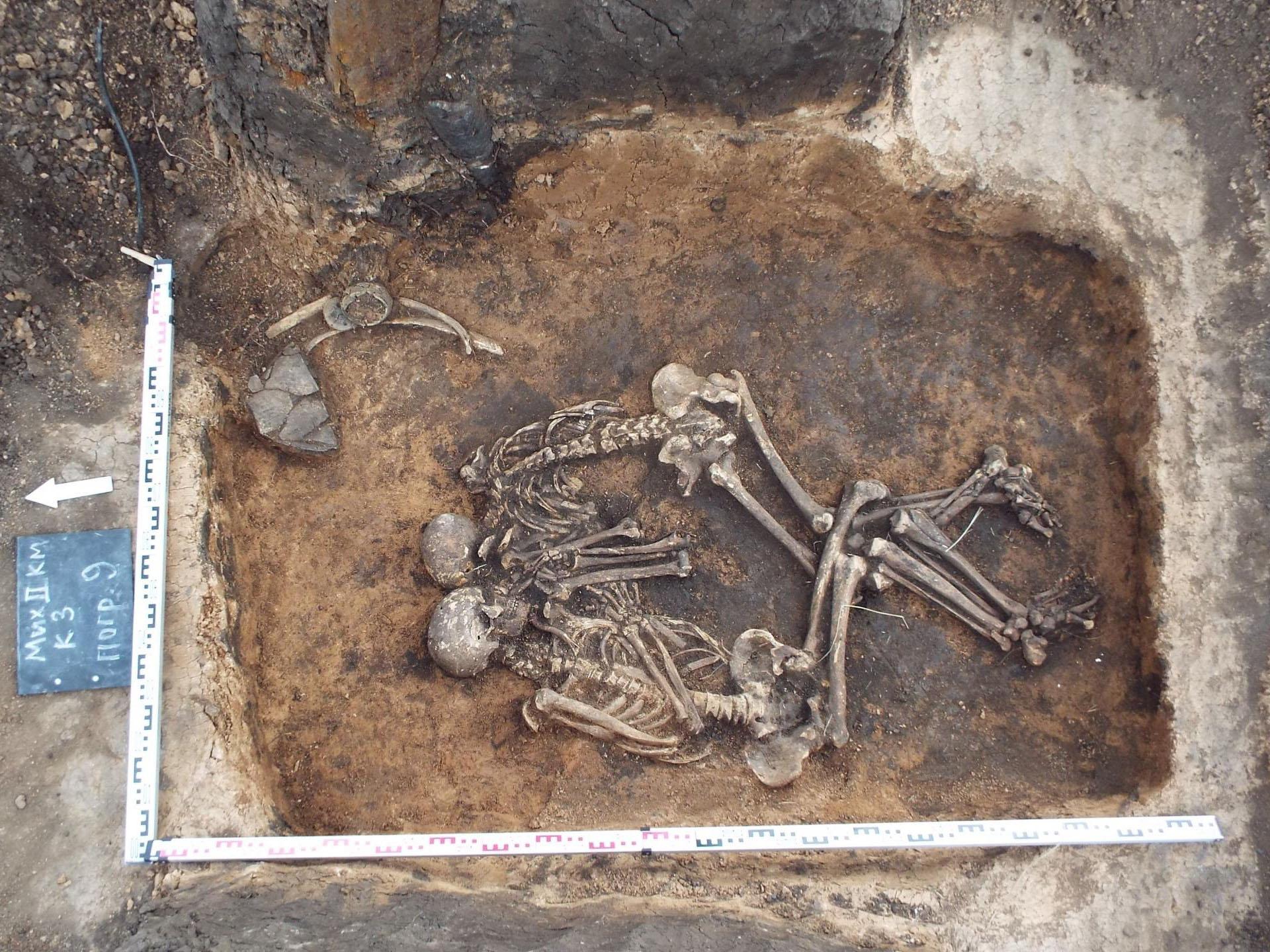Ancient Russian Black Death victims reveal plague spread 1,000 years earlier than previously thought
Disease emerged early in Eurasia, genetic evidence suggests

Your support helps us to tell the story
From reproductive rights to climate change to Big Tech, The Independent is on the ground when the story is developing. Whether it's investigating the financials of Elon Musk's pro-Trump PAC or producing our latest documentary, 'The A Word', which shines a light on the American women fighting for reproductive rights, we know how important it is to parse out the facts from the messaging.
At such a critical moment in US history, we need reporters on the ground. Your donation allows us to keep sending journalists to speak to both sides of the story.
The Independent is trusted by Americans across the entire political spectrum. And unlike many other quality news outlets, we choose not to lock Americans out of our reporting and analysis with paywalls. We believe quality journalism should be available to everyone, paid for by those who can afford it.
Your support makes all the difference.Two skeletons buried in a 3,800-year-old shared grave show signs of the bubonic plague that spread throughout Europe in the 14th century, killing up to 200 million people.
Despite its significance in shaping human history, the origin of the plague remains shrouded in mystery – but the new discovery has pushed its age back by at least 1,000 years.
Examination of remains discovered in the Samara region of Russia revealed that both were infected by the same kind of bacteria that ravaged medieval Europe.
The microbe in question, Yersinia pestis, had all the hallmarks of a disease that was able to spread rapidly and reach pandemic proportions.
“Both individuals appear to have the same strain of Y. pestis,” said Dr Kirsten Bos of the Max Planck Institute for the Science of Human History.
“And this strain has all the genetic components we know of that are needed for the bubonic form of the disease.
“So plague, with the transmission potential that we know today, has been around for much longer than we thought.”
What made the bubonic plague so deadly in Europe, as well as the Eastern Roman empire in 541 AD and epidemics that swept through China in the late 1800s, was its ability to hitch a ride on fleas.
These fleas transmitted the disease to rats and were therefore able to spread quickly across a given area and infect humans by biting them.
Although Bronze Age samples have previously been discovered with evidence of infection by similar microbes, those did not have the pandemic potential of microbes found in the Russian specimens.
“Our Y. pestis isolates from around 4,000 years ago possessed all the genetic characteristics required for efficient flea transmission of plague to rodents, humans and other mammals,” explained Dr Maria Spyrou, who was the first author of the study.
As transport and trade networks were already beginning to emerge throughout the region during this era, it is likely the highly infectious disease would have spread easily.
The people of Bronze Age Eurasia were therefore lucky to avoid plague on the scale that would strike their descendants centuries later.
The researchers behind the study, which was published in the journal Nature Communications, said their findings are evidence for lineages of Y. pestis that were established during the Bronze Age and persist to the present day.
More study of ancient genomes should help the scientists understand how the plague acquired its deadly characteristics.
“Additional Bronze Age and Iron Age plague genomes could help pinpoint key events that contributed to the high virulence and spread of one of humankind’s most notorious pathogens,” said senior author Dr Johannes Krause.
Plague is found in many areas of the world, although antibiotics have dramatically slashed its mortality rate.
Though there have been no Black Death-scale occurrences of the plague in the modern era, a recent outbreak in Madagascar showed it is still a disease capable of inflicting serious damage. Nearly 200 people died within a three-month period.
Join our commenting forum
Join thought-provoking conversations, follow other Independent readers and see their replies
Comments